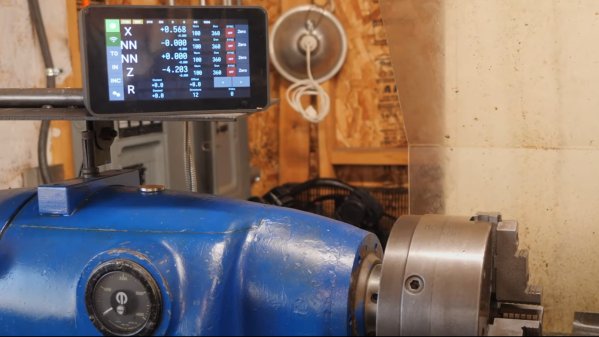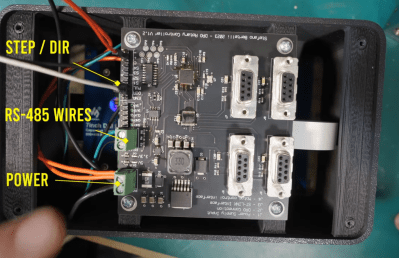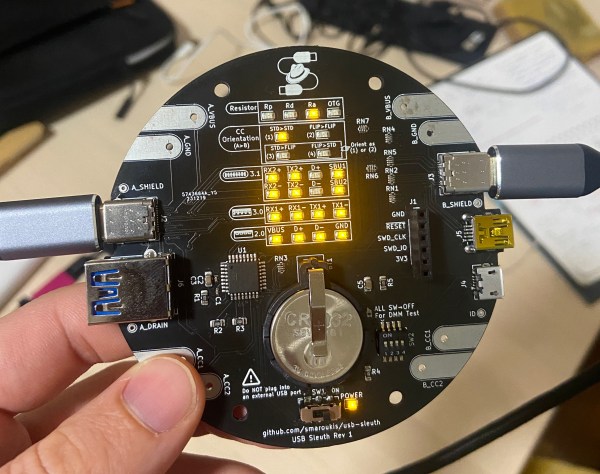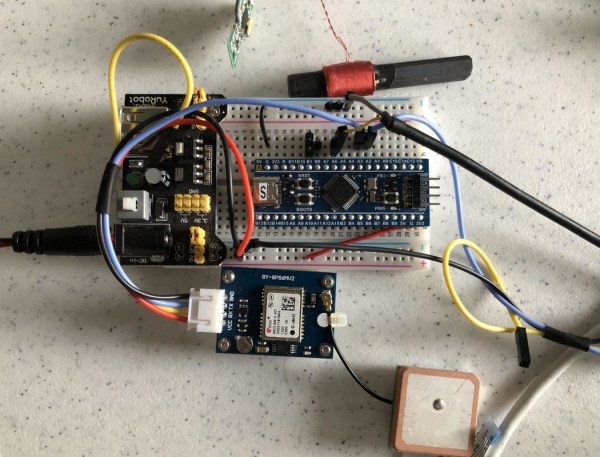Let’s face it: even with the rise of the electric car, the world is a noisy place. And it seems like it has only gotten worse in recent years. But how can we easily quantify the noise around us and know whether it is considered an unhealthy decibel level?
That is where the NoiseCard comes in. This solar-powered solution can go anywhere from the regrettable open office plan to the busy street, thanks to a couple of 330 µF capacitors. It’s based on the low-power STM32G031J6 and uses a MEMS microphone to pick up sound from the back of the card, which the code is optimized for. Meanwhile, the LEDs on the front indicate the ambient noise level, ranging from a quiet 40 dB and under to an ear-splitting 105 dB or greater.
When it comes to building something the size of a business card, every component is under scrutiny for size and usefulness. So even the LEDs are optimized for brightness and low power consumption. Be sure to check it out in action after the break in various environments.
Continue reading “2024 Business Card Challenge: NoiseCard Judges The Sound Around You”



















